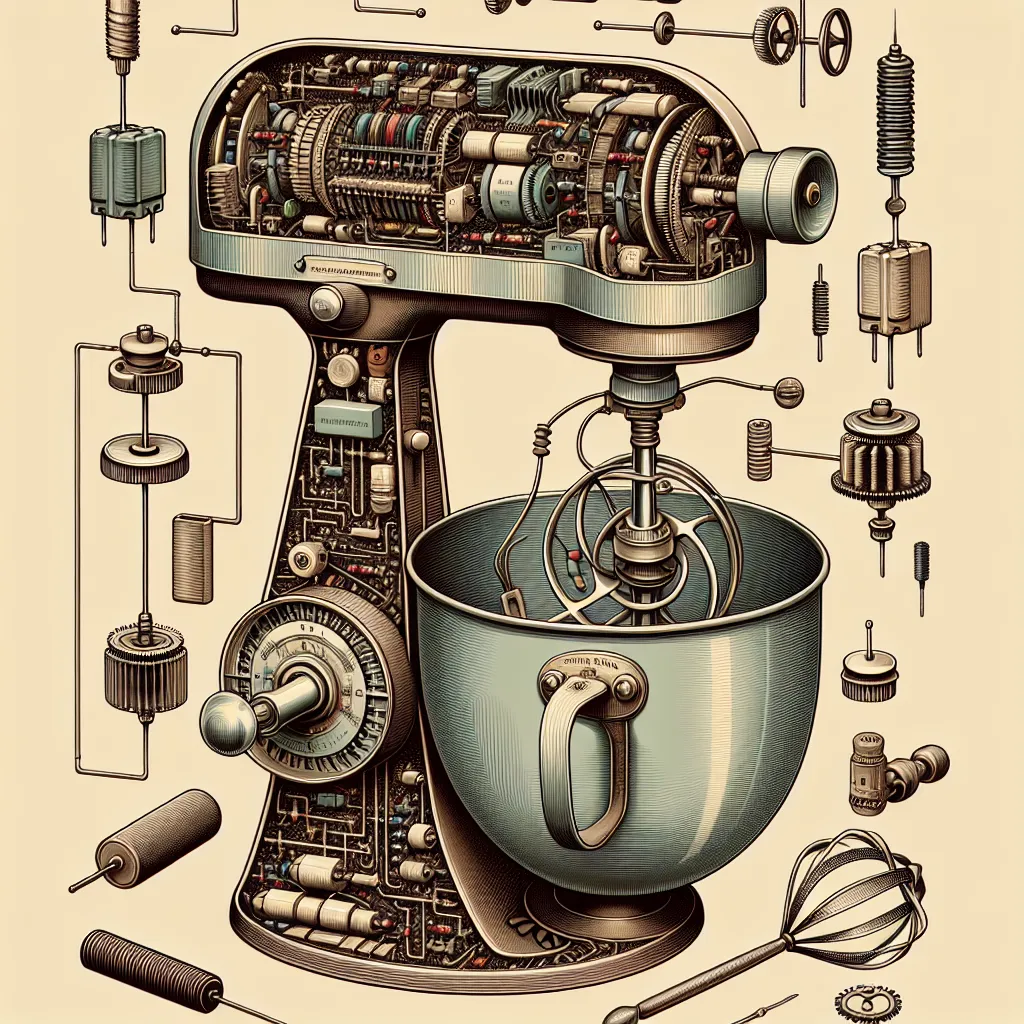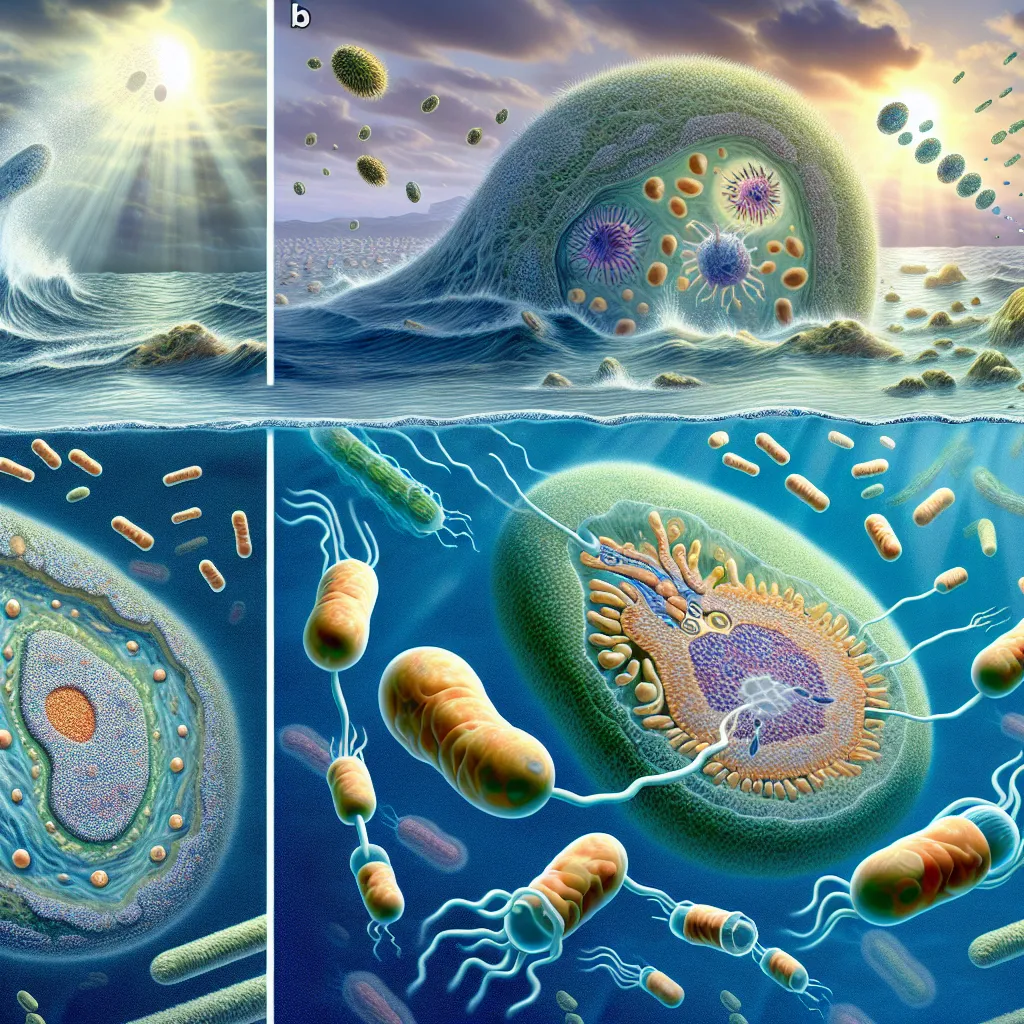Assembling a Kenwood Chef a701a food mixer from scratch is a journey through engineering and culinary history, a tightrope walk between mechanics and cooking. The old Kenwood Chef is not just any kitchen appliance; it’s a symphony of technology, composed of 235 parts, from resistors and capacitors to gears and a single-phase AC electric motor.
I started by tackling the core of what separates this wonder from an old-fashioned pestle and mortar - the electric motor. Armed with armatures, coils, and wavy washers, I dove deep into the guts of this machine. The motor, a magnificent invention, is an epitome of simplicity and complexity bundled in one. You put electricity in, and the shaft rotates, ready to churn delight into every meal prepared.
Encompassed in a casing, the motor felt like a small industrial revolution in my hands – powerful yet precise. It’s amazing how domestic appliances harbor such intricate machinery, often taken for granted as they effortlessly blend into our kitchens. To see the inside of a motor covered in remnants of cakes from decades past is like seeing a tiny slice of history, preserved in crumbs and grease.
The journey wasn’t just mechanical but historical too. Ken Wood, the founder of Kenwood, had a vision that extended beyond functionality into the realms of aesthetics. His appliances needed to look good, just as much as they needed to function well, a philosophy that made the Kenwood Chef stand out when it was first released in the 1950s.
The gearbox was another marvel. Understanding gears, I delved into assembling the epicyclic gearbox, where the details of planetary and annular gears made the simple process of dough mixing an engineering delight. Each piece, from tiny pinions to larger gear rings, played a pivotal role, revealing the sophistication behind the seemingly simple action of kneading dough.
Assembling the entire motor and gearbox took hours, involving meticulous greasing and precise alignment. Grease, often overlooked, is vital. It forms a thin protective layer between metal parts, ensuring longevity and efficiency. Without it, the wear and tear would be swift and harsh.
Once the motor and gearbox were ready, attaching the belts and completing the electrical setup came next. Every screw and washer had its moment in the spotlight, serving a specific function, ensuring this machine, built to last over half a century, could continue to operate like new. Reassembling the flex – or power cord – brought back a blend of nostalgia and respect for the practical design of earlier times.
Finally, the outer casing came together, snugly housing the intricate innards, drawing a minimalist, yet solid appearance. When I placed the iconic mixing paddle, shaped like a K for Ken, onto the shaft, the mixer began to look like its recognized self.
With everything assembled, from the sturdy pedestal to the last securing nut, all that remained was a test – a chocolate cake. The simplicity of throwing cocoa, flour, milk, and eggs into the pristine bowl and watching it blend smoothly was magical. It wasn’t just a machine; it was a blend of history, engineering, and culinary art brought to life. The Kenwood Chef a701a, a testament to thoughtful design and durable engineering, worked seamlessly, ready to mix countless more batches of culinary creativity.





